Every so often, you get something that’s clearly a labor of love. Apple has acquired the innovative digital reverb legacy of Quantec and its late founder Wolfgang “Wolf” Buchleitner and built it into Logic Pro for iPad and Mac. That joins some other welcome improvements to Logic’s Mixer and Bounce in Place in this release.

The Quantec Room Simulator has influenced reverb whether you’ve used the original or not. It modeled acoustic reverberation rather than building up a digital algorithm reverb as a series of echoes, and as icing on the cake, added the first commercial Freeze function. That was followed by 1997’s YardStick 2402 and 2008 249x series, each of which updated and augmented the original QRS algorithm.
We’ve all heard the QRS algorithm in popular music; a few folks with access to high-end studios have used the hardware. But it hasn’t been something that most mortals could access. Apple has returned to the original schematics, algorithms, and code to build a plug-in version. And it’s on both the iPad and the Mac – meaning Logic now turns your iPad into a mobile version of the QRS you can use anywhere.
Both versions are available now.
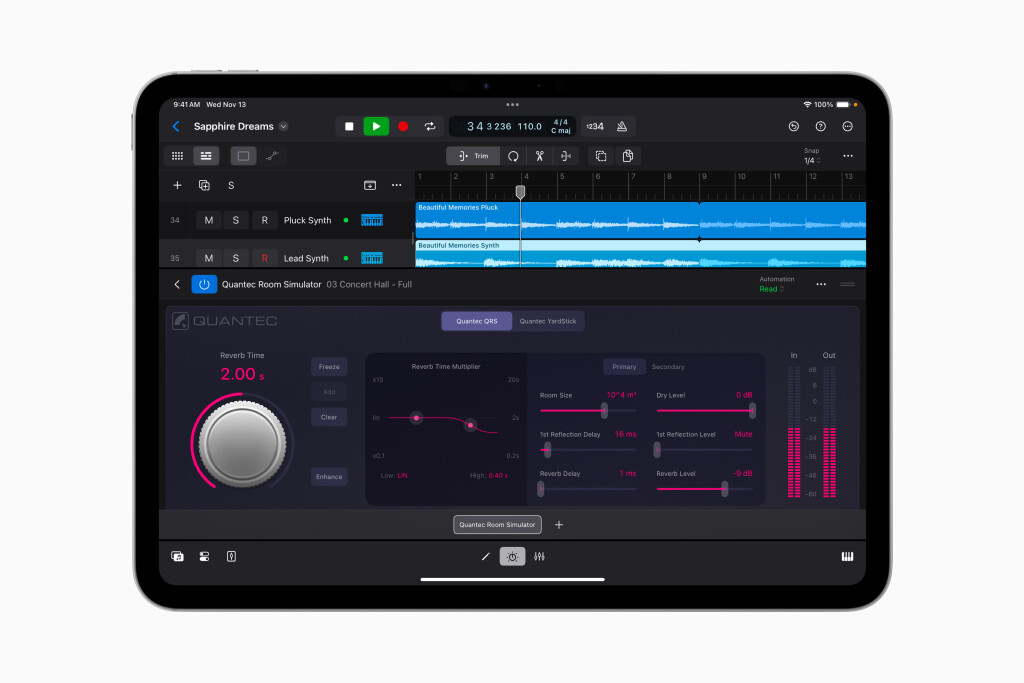
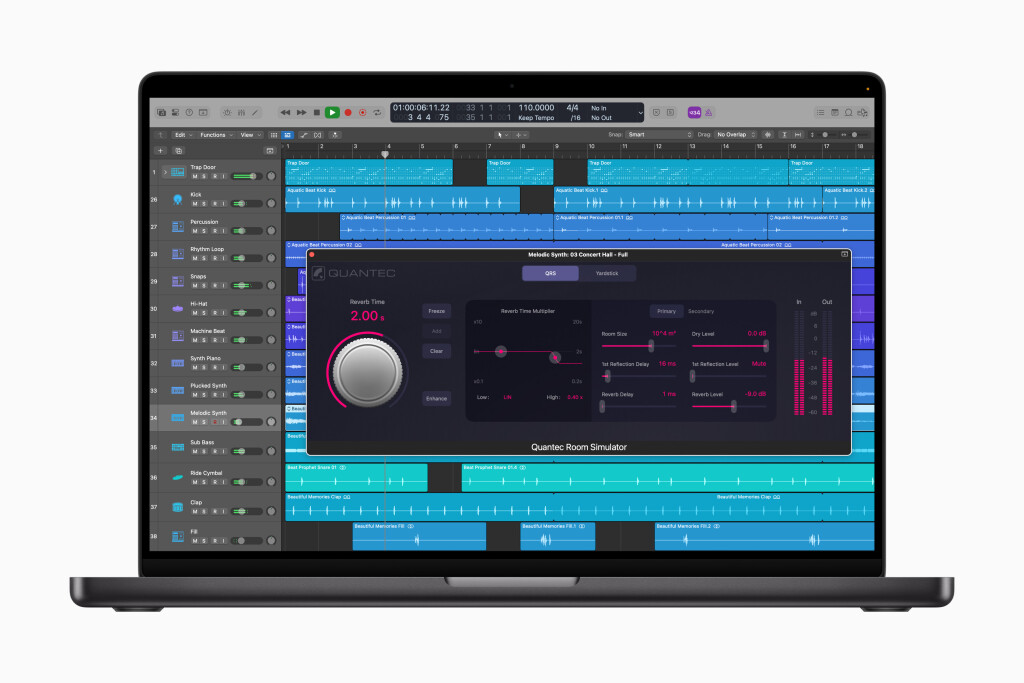
The history of music tech has seen enough rich people destroying technology and legacies. Here’s a welcome case of some money going into actual preservation. This one is totally from left field – I mean, apart from maybe Apple pitching, you can now buy Logic and a Mac or iPad and sound like Peter Gabriel’s So. Maybe. I expect this is the influence of Apple’s Dr. Gerhard Lengeling (founder, Emagic) and the Hamburg Apple team.
Apple released some archival imagery to the press, so of course, I’m going to publish all of it. Merry Christmas in November, everybody. (This is an image of Wolfgang and his original schematics and notes, plus the inside of the hardware with all those digital guts.)
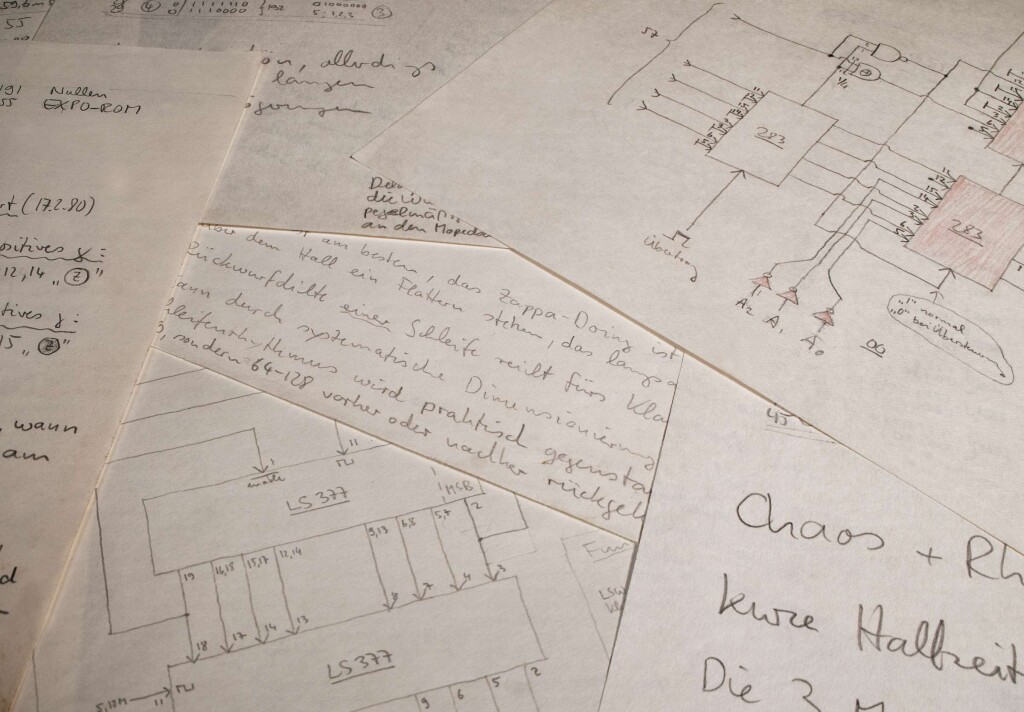
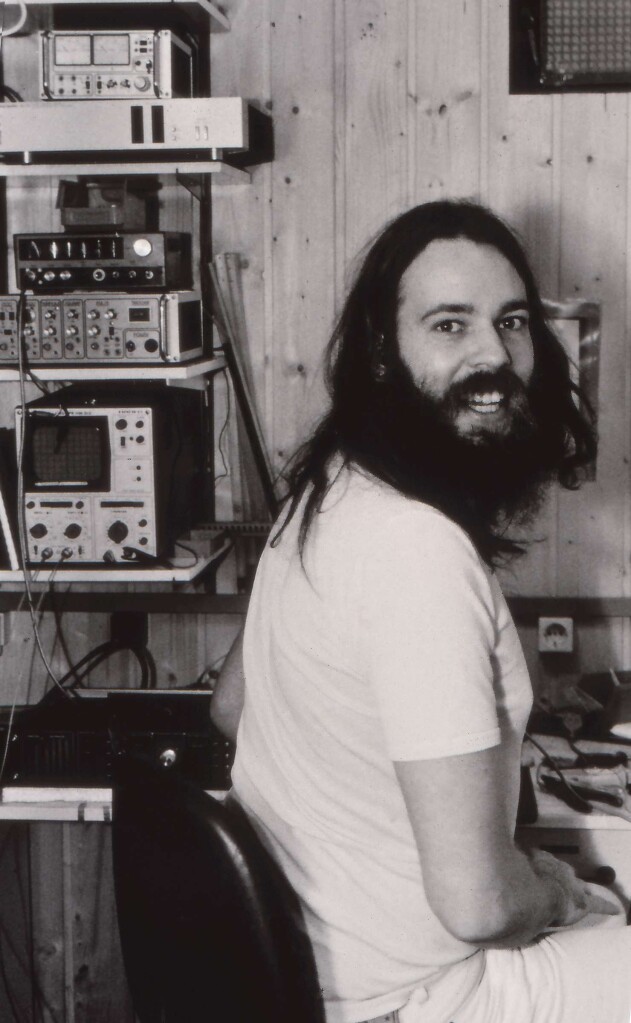

The Quantec Room Simulator plug-in has two operating modes – one for the QRS, and one for the YardStick (pictured below). Presets are matched to one model or the other, but if you toggle modes you can try out each preset’s parameters re-mapped to the other model, so stock YardStick presets can be heard via the QRS and visa versa.
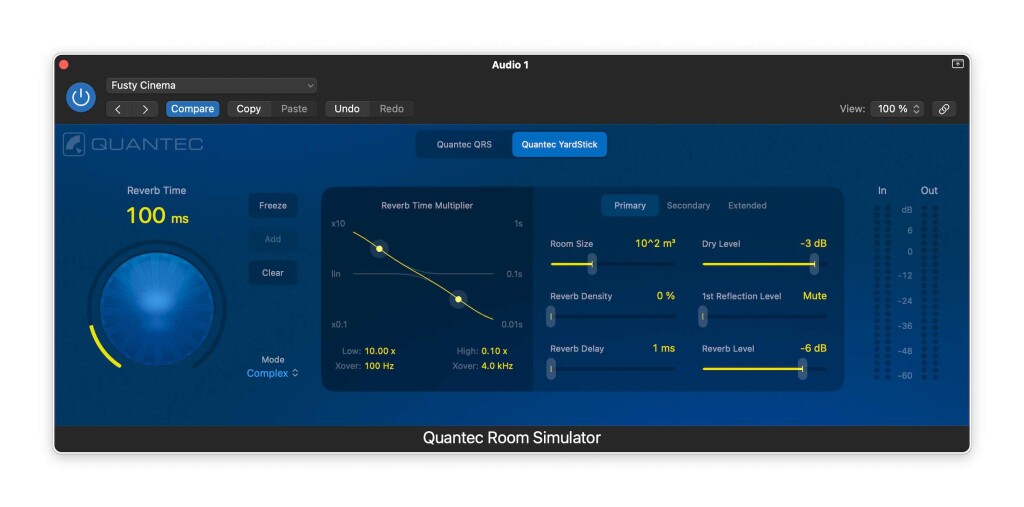
Logic Pro 11.1 (macOS) brings other improvements, too, that pro audio folks will enjoy (mainly the Mixer and bounce stuff):
- Reorder channel strips in the Mixer, including nonadjacent ones, (reordering Tracks in the process)
- Search for Plug-ins in the Mixer – plus search for inputs, outputs, sends, and sidechain sources from those menus
- Command-click to remove plug-ins or sends (like, after you got carried away with the search!)
- Bounce in Place with a pop-up that lets you choose a destination, bounce regions to a single file, one file per region, etc.
- Send songs to Voice Memos
- …and some other improvements for joining flexed regions, managing Auto Record Enable, consolidating Sampler instrument, and more.
Reordering channel strips works on the new iPadOS 2.1 release, too – plus you can finally reorder plug-ins on the iPad, the way you can on desktop. Bounce in Place options work on iPad, too.
Also new on the iPad version, you can add your own Sample Folders to the Browser (finally!) – that makes for some great workflows with Sampler and Quick Sampler on mobile. And you can copy and paste position or length values for easier edits.
And there are other improvements, too, including new Modular Melodies and PomPom sound packs.
But I’m very happy to get QRS. I’ll do some tests of this one – I got the news but will be trying it with the rest of you. It’s of course now necessary for Apple to find some content like this to keep people plugged into the iPadOS subscription, but I’d also observe that this is another effective freebie for Mac users, who just keep getting more upgraded for free.
And for fans of digital history, this is a great gift to unwrap.
All this and Apple gives us a new season of Silo. Now, there’s no reason to go outside and clean.
As always, the updates are available via the Mac App Store and iOS App Store.